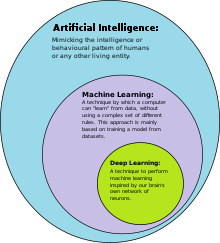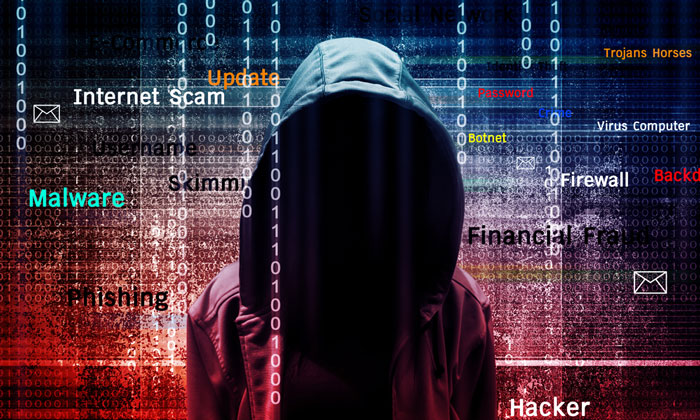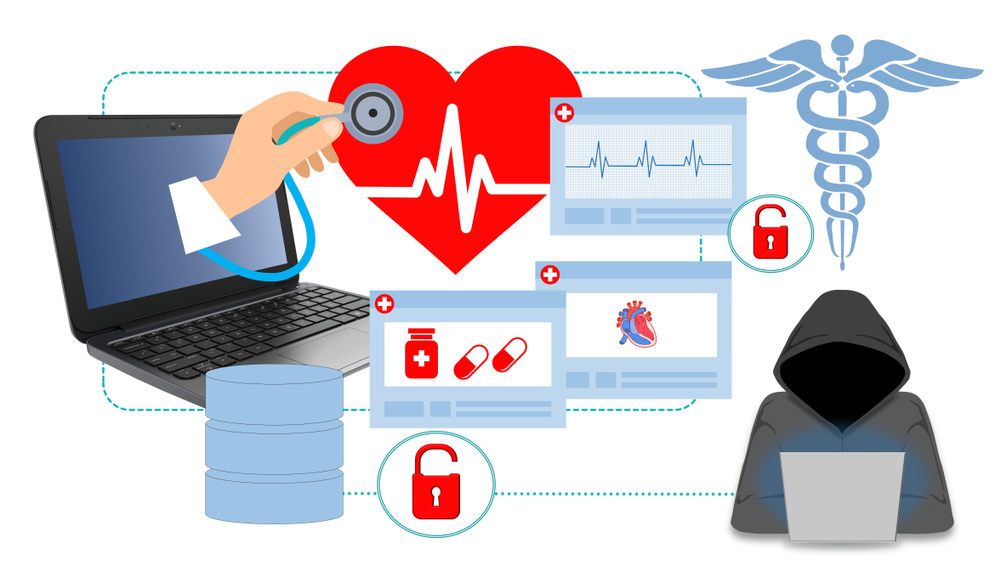
Cybercrime is nothing new. Everyone has heard stories about people being hacked. There are endless ways people can be hacked, varying from simple password-guessing to Cookie theft. Today we are discussing the newest version of a specific type of hacking, namely ransomware, software deployed by ransomware groups to access, encrypt, and even destroy people’s data.
Ransomware groups are essentially online mafia groups. After stealing and encrypting your data, these groups hand you two options: either pay a tremendous amount of money, usually in Bitcoin, to get it back through an encryption code or lose everything. Most ransomware groups target big companies since they will have more money to extract. Moreover, their data is likely to be of very high value to them, making them feasible targets. However, this does not mean you, and I cannot be directly affected. The groups are merciless, as they even target hospitals (Collier, 2022). Imagine the impact this can have on the patients.
A well-known dilemma with ransomware is whether or not to pay (Sloof, 2021). Paying means you will get your data back, right? Of course, you can never wholly trust an organization that has taken your data hostage and is now asking for money for its release. Thus, how would you know paying means you are safe? Moreover, there should be more ways of retrieving your belongings. Organizations indeed often try decrypting themselves. This is where ransomware 2.0 comes into play.
Lately, at least one ransomware group called BlackCat has moved away from encrypting data and is now destroying it if their ransom is not met. The threat is thus even more significant than before because once they destroy it, there is no way back (Palmer, 2022). Consequently, the threat is more effective because more victims choose to pay the ransom instead of going to battle by trying to find other ways to get their hands on the key. Moreover, developing destructive malware is easier, less time intensive, and thus cheaper than creating ‘regular ransomware’. This way, the criminals get 1) more effective bait and 2) more net profits (Palmer, 2022).
In short, ransomware is a hazardous way of hacking, and it is only becoming more and more effective. I am inquisitive about the answer the world will have to this malware since I expect cyber criminals to always be one step ahead of the ones trying to stop them
References:
Collier, K. (2022, October 7). Ransomware attack delays patient care at hospitals across the U.S. NBC News. Retrieved October 10, 2022, from https://www.nbcnews.com/tech/security/ransomware-attack-delays-patient-care-hospitals-us-rcna50919
Palmer, D. (2022, September 27). Hackers are testing a destructive new way to make ransomware attacks more effective. ZDNET. Retrieved October 10, 2022, from https://www.zdnet.com/article/hackers-are-testing-a-destructive-new-way-to-make-ransomware-attacks-more-effective/
Sloof, A. M. (2021, September 28). To pay or not to pay: the dilemma of ransomware. Social Blog. Retrieved October 10, 2022, from https://digitalstrategy.rsm.nl/2021/09/28/to-pay-or-not-to-pay-the-dilemma-of-ransomware/




